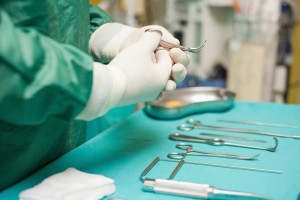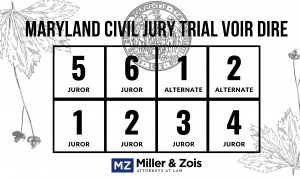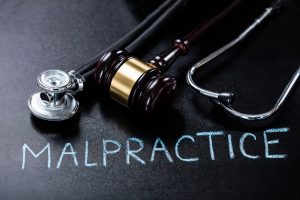A lawyer in Virginia emailed to ask me if failure to wear a child seat is contributory negligence in Maryland?
Setting aside for a moment the abject irresponsibility of this mother who failed to ensure the safety of her child, the answer is no.
Maryland Law
 The Maryland Transportation statute that requires the use of child safety seats specifically states that a violation of the statute, while a crime, is “not contributory negligence and may not be admitted as evidence in the trial of any civil action.” Maryland Transportation Code § 22-412.2(i).
The Maryland Transportation statute that requires the use of child safety seats specifically states that a violation of the statute, while a crime, is “not contributory negligence and may not be admitted as evidence in the trial of any civil action.” Maryland Transportation Code § 22-412.2(i).
Parenthetically, the same logic holds true with failing to wear a seat belt in Maryland. While it may be a crime, a “party, witness, or counsel may not make reference to a seat belt during a trial of a civil action that involves property damage, personal injury, or death if the damage, injury, or death is not related to the design, manufacture, installation, supplying, or repair of a seat belt.” Maryland Transportation Code Annotated. § 22-412.3. In summary, the failure of a personal injury plaintiff to use a seat belt or a child seat is not admissible at trial, although it is a misdemeanor crime (I feel compelled to continue to repeat this).
Concerning the admissibility of the use of seat belts in Maryland, this sword cuts both ways in that personal injury lawyers often want to present evidence that the lawyer’s client was wearing a seat belt to underscore that the injury victim did everything that he or she could to prevent serious injury. But this testimony is also not permissible under § 22-412.3.
Nationally, there is a split of authority whether, under principles of mitigation of damages or as contributory or comparative negligence, an injury victim’s failure to wear a seatbelt can justify a reduction in the number of damages that he or she receives. But even in jurisdictions that allow such evidence, a reduction is usually justified only if the Defendant’s attorney can provide medical evidence to a reasonable medical certainty that Plaintiff’s injuries could have been eliminated or reduced had Plaintiff been wearing a seatbelt when the accident occurred. See DiPirro v. U.S., 181 F.R.D. 221 (W.D.N.Y. 1998). Continue reading







